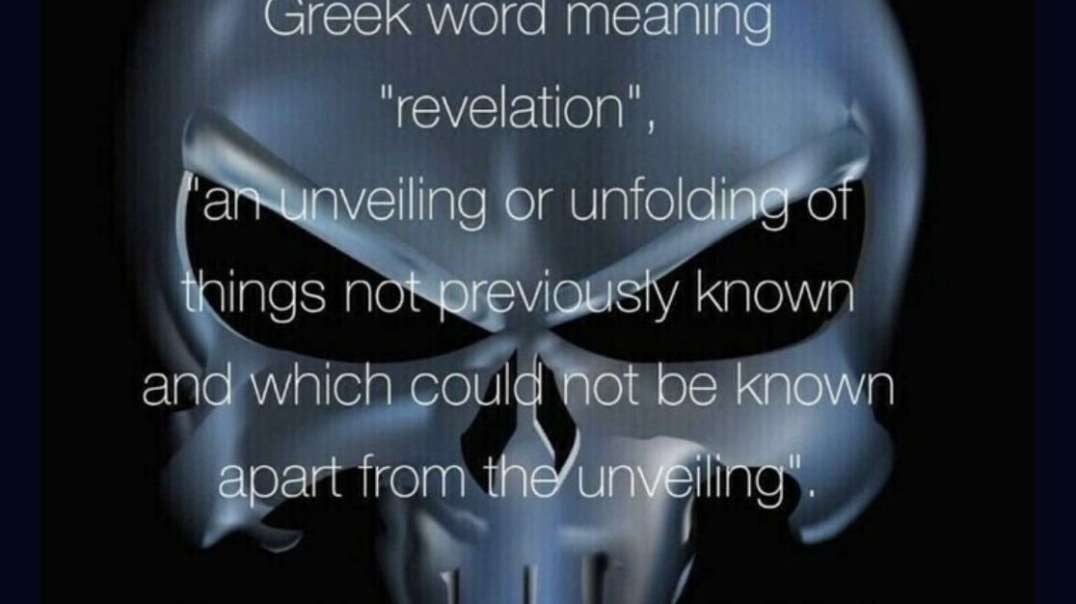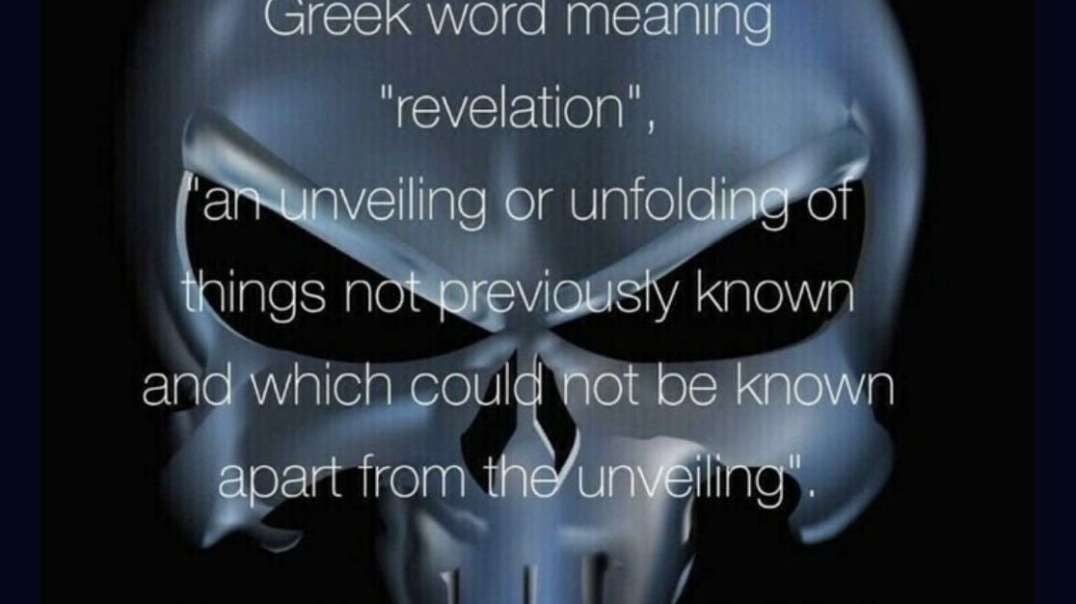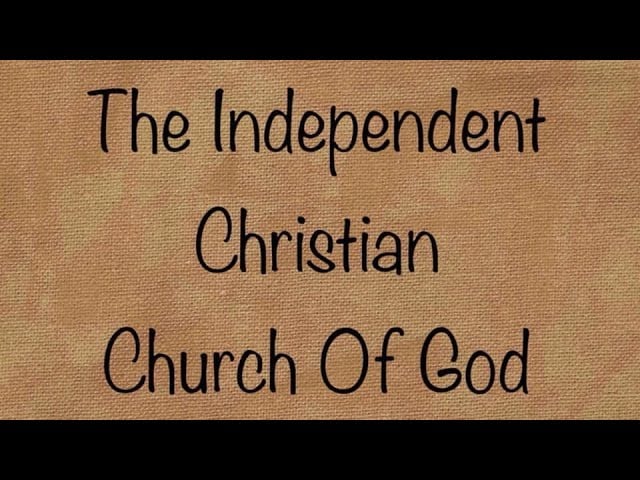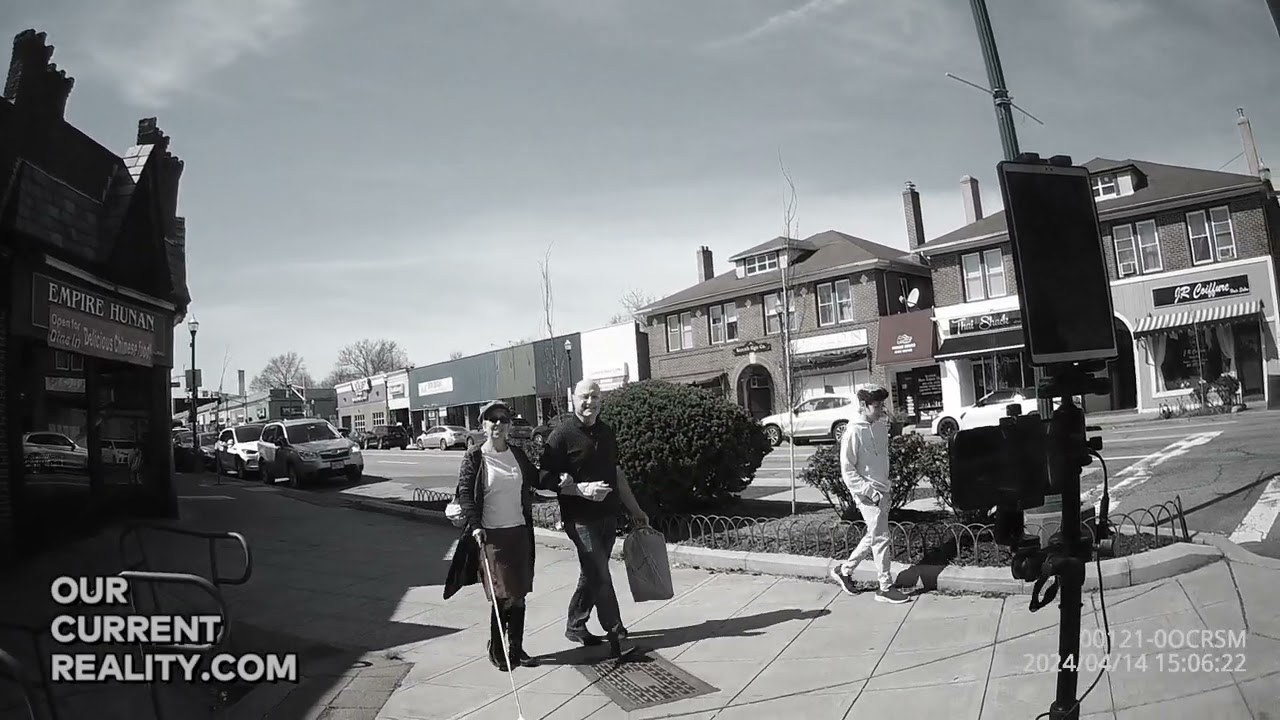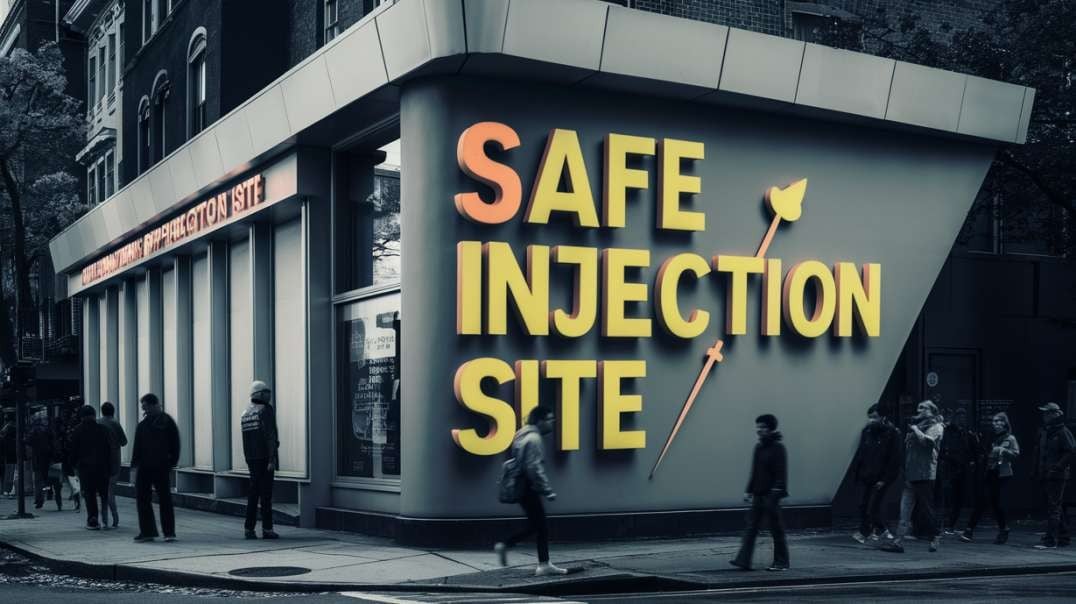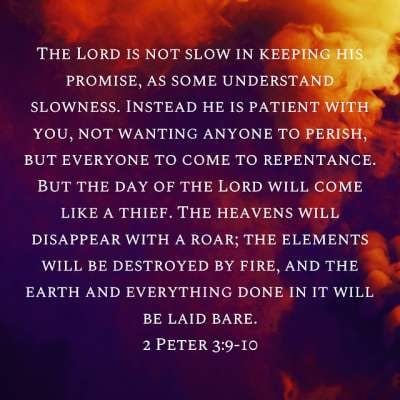Gibeon Overview & Tour, Joshua, Sun Stands Still, Samuel's Tomb, Gibeonites, Nabi Samuel, Jerusalem
Gibeon is mentioned 43 times in the Bible and played a major role in the history of Israel. See an in-depth look at the history, the key places of interest, and all that happened in the Bible at this biblical site. Click the donate link below to support our work in producing videos about the Holy Land:
https://www.paypal.com/donate?....hosted_button_id=6FD
Location
1. Gibeon is located about 6 miles (10 km.) northwest of Jerusalem.
2. Today, it is known as Nebi Samuel or Nabi Samwil, which means, “The Prophet Samuel” because it’s believed Samuel’s tomb is located here.
3. Just below this high place and to the north is the ancient city of Gibeon with its ruins, known today as Al Jib.
4. Gibeon is on top of a high mountain with a spectacular view of Jerusalem and the surrounding area. In fact, you can see Jerusalem quite easily from this site. Here’s a look at Gibeon taken from the Mt. of Olives. It becomes clear that this spot was a significant high place and fits the biblical descriptions of many events found in Scripture and history.
5. This high place is about 3,000 feet or 908 meters above sea level.
6. It’s located on an ancient route that led from the coastal plain passing through Beit Horon, this high place of Gibeon, and on to Jerusalem. Today highways 436 and 443 mark this route.
Historical Background
1. Before the conquest of the Israelites, Gibeon was a Canaanite city.
2. Gibeon was a popular place in the Bible and is mentioned 43 times.
3. Its name means “Hill City” and it’s located in the heart of the Tribe of Benjamin.
4. It was a high place of worship throughout much of Israel’s history, and the tabernacle was here during the times of King David and King Solomon.
5. The tomb of the Prophet Samuel is believed to be located inside the synagogue part of the building.
6. Excavations, which are still ongoing, have uncovered the remains of settlements from both the First Temple (7th century BC) and Second Temple (Hasmonean Period 167 BC–63 BC) can be found here.
7. During the Byzantine period (5th–7th century AD), a church and monastery were built at this high place of Gibeon. Also, in the Byzantine period around 500 AD, Christian tradition said that the prophet’s bones were relocated here, and a monastery was built at the site to honor Samuel.
8. The Crusaders then built a church and fortress over the monastery in the 12 century AD. The main structure that can be seen today is a magnificent Crusader-era church and it's one of only four that survived after the Muslim conquests of the Crusaders. It survived because the Muslims turned this church into a mosque, and they still use it today.
9. After Saladin conquered much of Israel in 1187, the church and monastery were damaged.
10. In 1267 the Mamluks captured the area and controlled the Holy Land until 1517. In the 14th century, the Mamelukes converted the church to a mosque. Remains from this period include two ceramic ovens near the stables.
11. Because it’s believed Samuel was buried here, along with the biblical history of the site, in the 15th-century Jews built a synagogue adjacent to the mosque and resumed pilgrimages to this site.
12. It appears that later on the mosque was renovated by the Ottomans in 1730.
13. The building that we see today was rebuilt by the British after World War 2. Both the mosque and synagogue share the same building.
Places of Interest
1. Tabernacle Location
2. Hannah's Spring
3. Hasmonean Ruins
4. Byzantine Church and Monastery
5. Crusader Ruins
T6. Synagogue
7. Rooftop Viewing Area
8. Quarry
9. Stables
Gibeon in the Bible
1. This ancient city is named after the Gibeonites who tricked Joshua into making a treaty with them. (Joshua 9:37).
2. The amazing miracle of the sun and moon standing still happened at Gibeon (Joshua 10:1–14:)
3. Gibeon (Gibeah) was the hometown of King Saul (1 Samuel 10:26).
4. Gibeon is the likely place the Prophet Samuel anointed Saul to be the first king of Israel (1 Samuel 10:17:-24).
5. According to Scripture, Samuel died and was buried in a place called Ramah, which was the hometown of the prophet (1 Samuel 25:1).
The location of Ramah is not known, but according to its meaning in Hebrew, which means heights, it should be on a high hill in an area close by to Jerusalem. This area certainly fits this description but we’re not totally certain.
6. The tabernacle resided at the high place of Gibeon during the reigns of David and Solomon (1 Chronicles 21:28–29).
7. God caused a famine in Israel because King Saul broke the covenant Joshua made with the Gibeonites (2 Samuel 21:1).
8. Soon after Solomon became King, he went to Gibeon. Here he received supernatural wisdom, wealth, and power to use for ruling God’s people (1 Kings 3:3–5).

